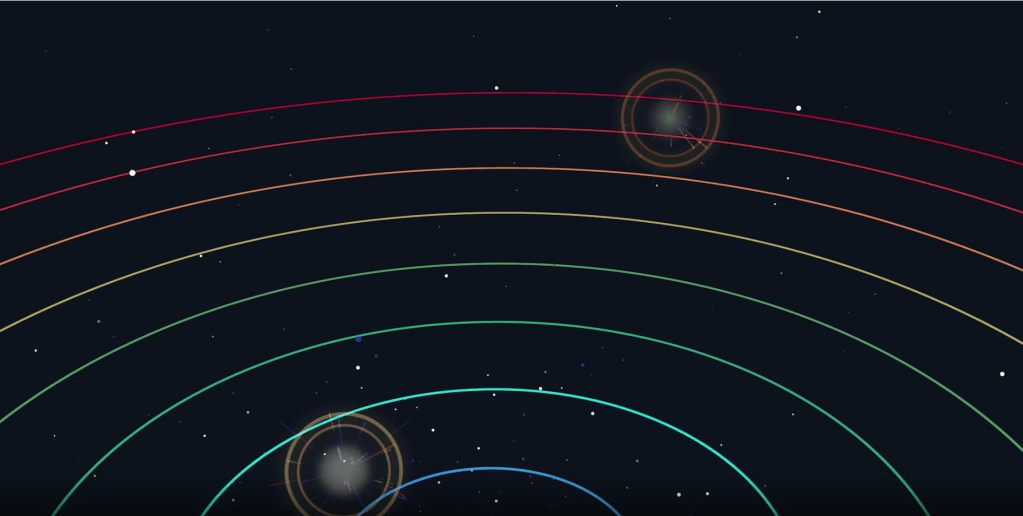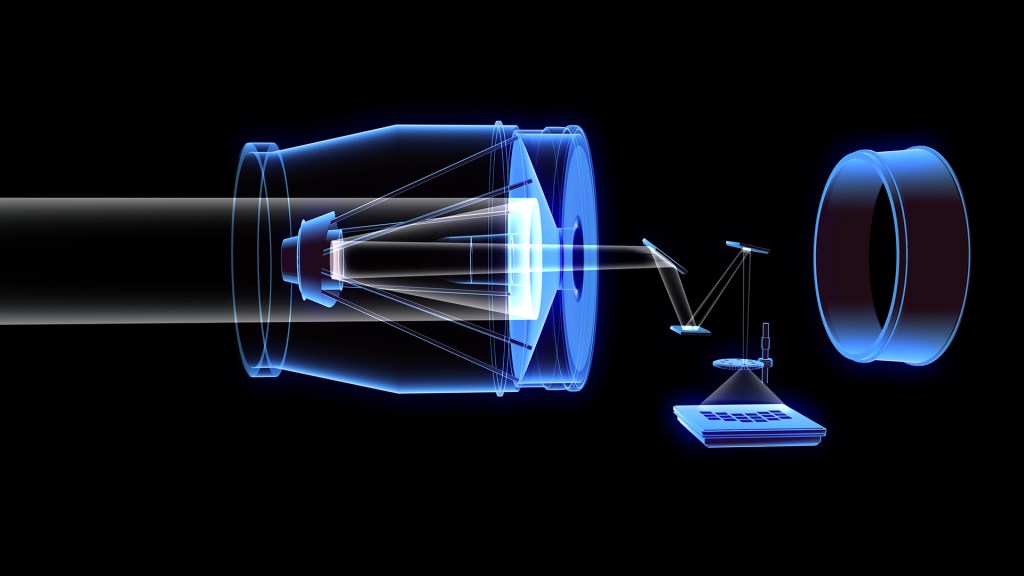Astronomers will use this survey to probe our dynamic universe by observing the same region of the cosmos every five days for two years.
Stitching these observations together will create movies that will uncover a wealth of transient objects, like exploding stars, stars being swept into black holes, and neutron star mergers.

The mission’s High-Latitude Time-Domain Survey is well-designed to discover a particular type of exploding star that astronomers can use to trace the evolution of the universe and probe possible explanations for its accelerated expansion. And since this survey will repeatedly observe the same large vista of space, scientists will also see sporadic events like stellar corpses colliding and stars being swept into black holes.
The survey will look beyond our galaxy to observe the same patch of sky approximately every five days for two years. Stitching these observations together like stop-motion animation will create movies that will reveal a wealth of transient events.
Retreating Stellar Sparks
Astronomers will hunt through all this data for a special kind of exploding star called type Ia supernovae. These phenomena originate from certain binary star systems that contain at least one white dwarf – the small, hot core remnant of a Sun-like star. In some cases, the dwarf may siphon material from its companion. This triggers a runaway nuclear reaction that ultimately detonates the thief. Astronomers have also found evidence supporting another scenario, involving two white dwarfs that spiral toward each other until they merge. If their combined mass is high enough, they, too, may produce a type Ia supernova.
Since these explosions each peak at a similar, known intrinsic brightness, astronomers can use them to determine how far away they are by simply measuring how bright they appear. Astronomers will use Roman to study the spectrum of light from these supernovae to find out how rapidly they appear to be moving away from us due to the expansion of space.
By comparing how fast type Ia supernovae at different distances are receding, scientists will trace cosmic expansion over time. This will help us understand whether and how dark energy – the unexplained pressure thought to be speeding up the universe’s expansion – has changed throughout time. Using these and other Roman measurements should also help clear up mismatched measurements of the Hubble constant, which is the universe’s current expansion rate.
Fleeting Cosmic Wonders
Because of the way this survey will observe the cosmos, it will also spot other rare phenomena. Through Roman, we will witness the birth of new black holes that form when neutron stars – the cores of exploded stars that weren’t quite massive enough to collapse to form black holes on their own – merge. These titanic events create ripples in the fabric of space-time and brilliant kilonova explosions.
The mission is also expected to reveal several dozen tidal disruption events, which happen when a star venturing too close to a black hole is shredded by the black hole’s extreme gravity. The stellar shrapnel generates a huge amount of light as it speeds toward the black hole. Roman will pick up these flares of energy to learn how black holes affect their surroundings.
The survey will also allow astronomers to explore variable objects, like active galaxies whose cores each host an extremely bright quasar. A quasar is a brilliant beacon of intense light powered by a supermassive black hole. The black hole voraciously feeds on infalling matter that unleashes a torrent of radiation. Roman’s steady gaze will help astronomers study how and why these outbursts fluctuate in brightness.
And by finding hundreds of faint, faraway quasars, Roman will also allow scientists to probe the period of reionization. During this cosmic epoch, scientists think intense ultraviolet light from quasars stripped electrons from atoms and turned them into ions. This transition ushered in “cosmic dawn,” as the universe went from being mostly opaque to transparent, allowing visible and ultraviolet light to travel freely.
The treasure trove of data from this survey will allow open-ended cosmic exploration that could reveal new objects and phenomena that astronomers have never encountered before.
How NASA’s Roman Space Telescope Will Chronicle the Active Cosmos
NASA’s Nancy Grace Roman Space Telescope will pair space-based observations with a broad field of view to unveil the dynamic…
Read the Story
Type Ia Supernovae
Roman will use type Ia supernovae to measure cosmic distances, which will help us understand how the universe has expanded over time.
Learn More
Wide Field Instrument
The Wide Field Instrument (WFI) is a 300-megapixel infrared camera that will allow scientists to explore the cosmos all the way from the edge of our solar system to the farthest reaches of space.
Learn More


























